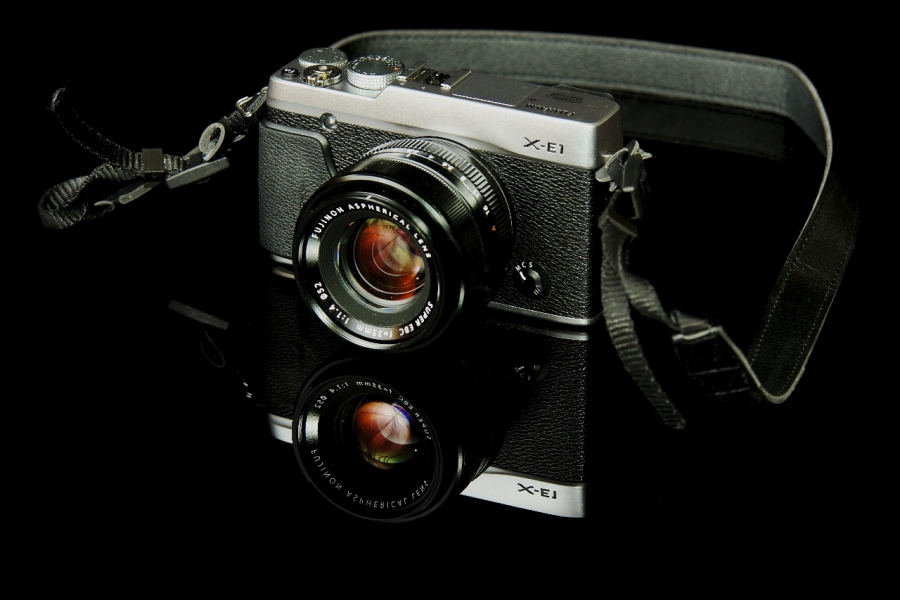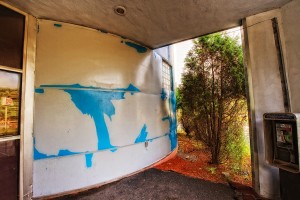A few weeks ago I saw a blog post tutorial that showed how to create black background with a reflective photo effect using a clear plate of glass and a black sheet. The simple method was to put your subject on the glass, put the black sheet behind them both, shoot slightly from above, and when the flash light hit everything it would turn the clear glass into a reflective element that appeared solid black as it reflected both the subject and the black sheet behind it.
The problem was I don’t have any panes of glass lying around. I was thinking of going to a glazier to get a small piece made for me so I could try this but as I googled around I discovered another option: black plexiglass acrylic sheets. I was able to buy a 24″ x 48″ sheet that is 1/4 inch thick for $44, and I don’t think I could get a piece of glass that size for that little, and this weighs less.
It arrived last week and I played with it last weekend, and was rather pleased with the results. I still used a black sheet in the background to minimize the chance that additional reflections would interfere with the clean surface. I had one Speedlight on a stand shooting through an umbrella, and metered using TTL auto settings. I had my camera on Aperture priority so I could control depth of field, and even at f/11 I see that it’s probably not broad enough to get the entire subject in focus so when I go back to this method I will adjust. Depending on the subject, I found that I would need to adjust the TTL metering sometimes within the range of +1.= to -1.0, but an even 0.0 usually came out right.
The biggest issue was dust. If you try doing this I highly recommend getting a good dust cloth. The plastic company also recommend a specific cleaning agent I will look into. But don’t ignore that your subject will also have dust on it. In the shot above I was able to make most of the dust that accumulated on the plastic surface disappear using a simple black brush in Photoshop, but removing dust spots from the subject is harder – I managed to get about half of the but cannot do much about the rest. I would recommend carefully cleaning everything before you start, and several times along the way on a long shoot. As I look at the images I took over the course of maybe an hour, there is visibly more dust on the plastic at the end of the session than there was at the beginning. Unless you are doing your shoot in a technological Clean Room where they make computer chips or something similar, I think it is likely that having a dust fee surface when you start will be no guarantor of a dust free surface when you are done.
Finally, my subject above is my fairly new Fujifilm X-E1, which is an absolutely gorgeous camera. Here it is sporting the 35mm f/1.4 Prime Lens and original strap. I recently sold my Micro Four-Thirds Gear to switch over to the Fuji system. Explaining that decision would require doubling the length of this post, so I will defer it to another day, but for now I’ll just make it clear that I still love the Micro 4/3s system and note that it could very well be the right solution for you.


LensScaper
22 Feb 2013Such a simple idea in essence and it has worked perfectly Mark. I must try it out. That looks a cool looking camera – I look forward to seeing some images from it in the weeks ahead
LensScaper recently posted..Advertising Windows